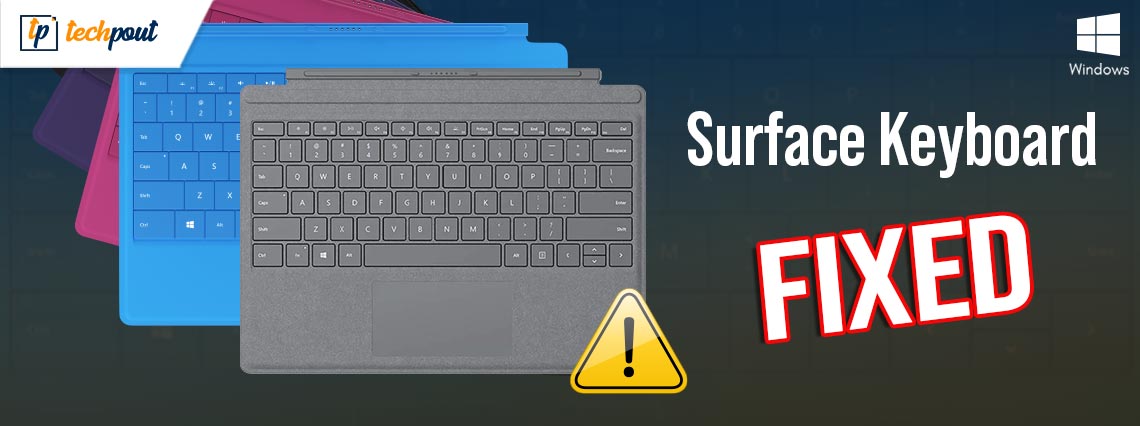
Laptop Keyboard Not Working? Clean It!Ĭleaning a standard keyboard is not easy cleaning a laptop keyboard is even tougher. Your system will open in BIOS or UEFI. Whichever method you followed, if your system successfully opened the BIOS or UEFI, your computer's hardware is probably fine.Ĥ. When the PC restarts, press F1 (or F2) to access the BIOS. On the next menu, select Troubleshoot > Advanced options > UEFI Firmware Settings (choose Startup Settings if you don't see this option). Now under the Advanced startup option, click on Restart now. Select Settings > Update & Security > Recovery. However, on the newer machines, i.e., systems manufactured in the last few years, you'll have to use a different method as the booting speed is too fast, making entering BIOS difficult (especially if you have Windows 10 fast boot enabled). In older Windows systems, you enter into BIOS by pressing F1, F2, Esc, Del, or otherwise.

There are two possible causes of your keyboard getting stuck: hardware and software.įirst, reboot your computer and enter the BIOS or UEFI. Verify If the Problem Is Caused by Hardware or Software You can switch the input language two ways:Ĭlick on the language icon and then click on the language you would like to switch to to switch input languages.2. Press Windows + I or move your mouse to the bottom left corner of the screen and click on the gear icon. In the lower right corner of the screen, press the icon that has the character sequence representing the current language. You should see the language you added appear in the list below.Select the language you would click, then click Add.

Under Clock, Language, and Region, click Add a language. Windows 10 users see: Windows 10 - Accessing the Control Panel.

Windows 8 users see: Windows 8 - Accessing the Control Panel.

This document describes how to change the keyboard input language in Windows 8.


 0 kommentar(er)
0 kommentar(er)
